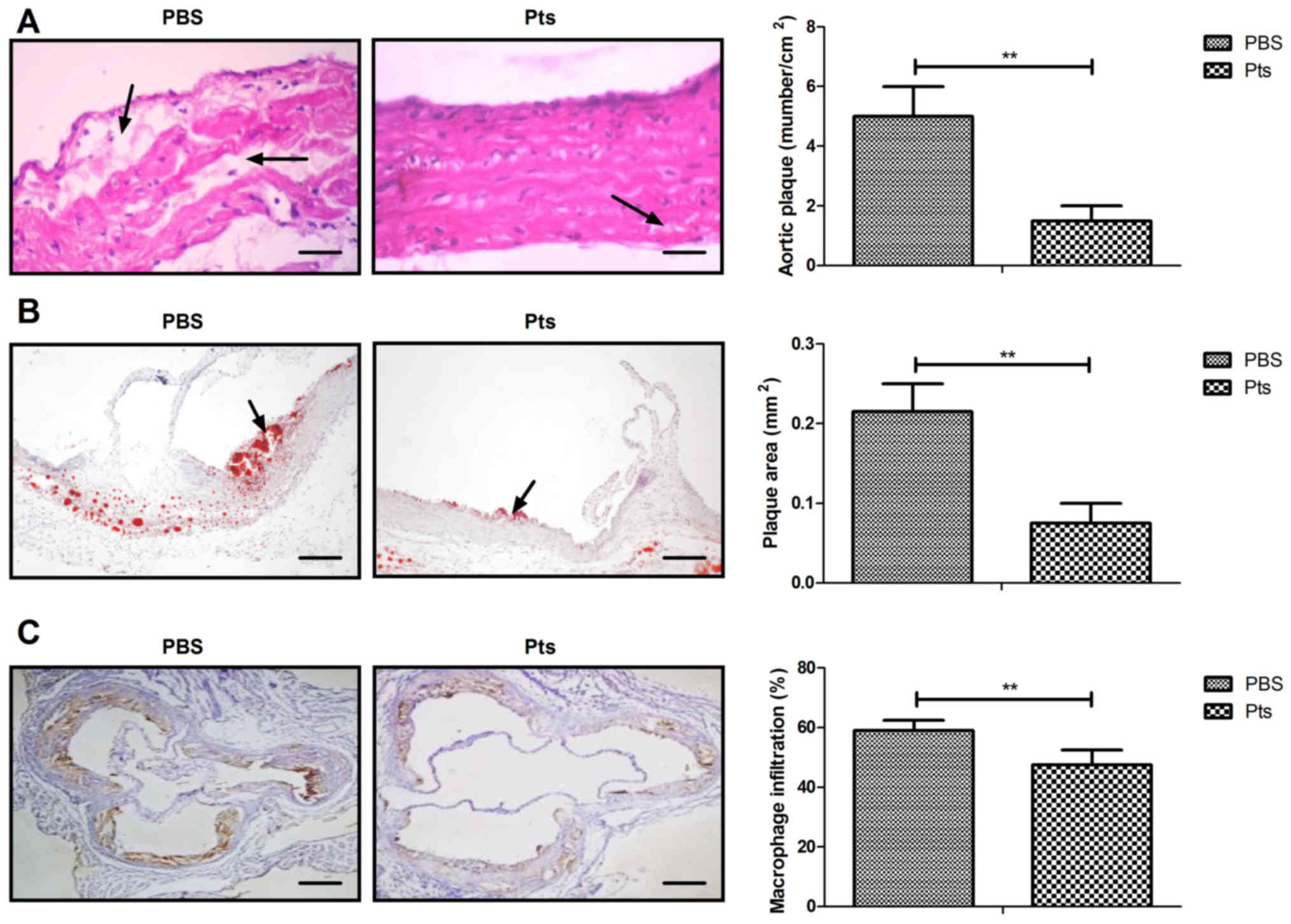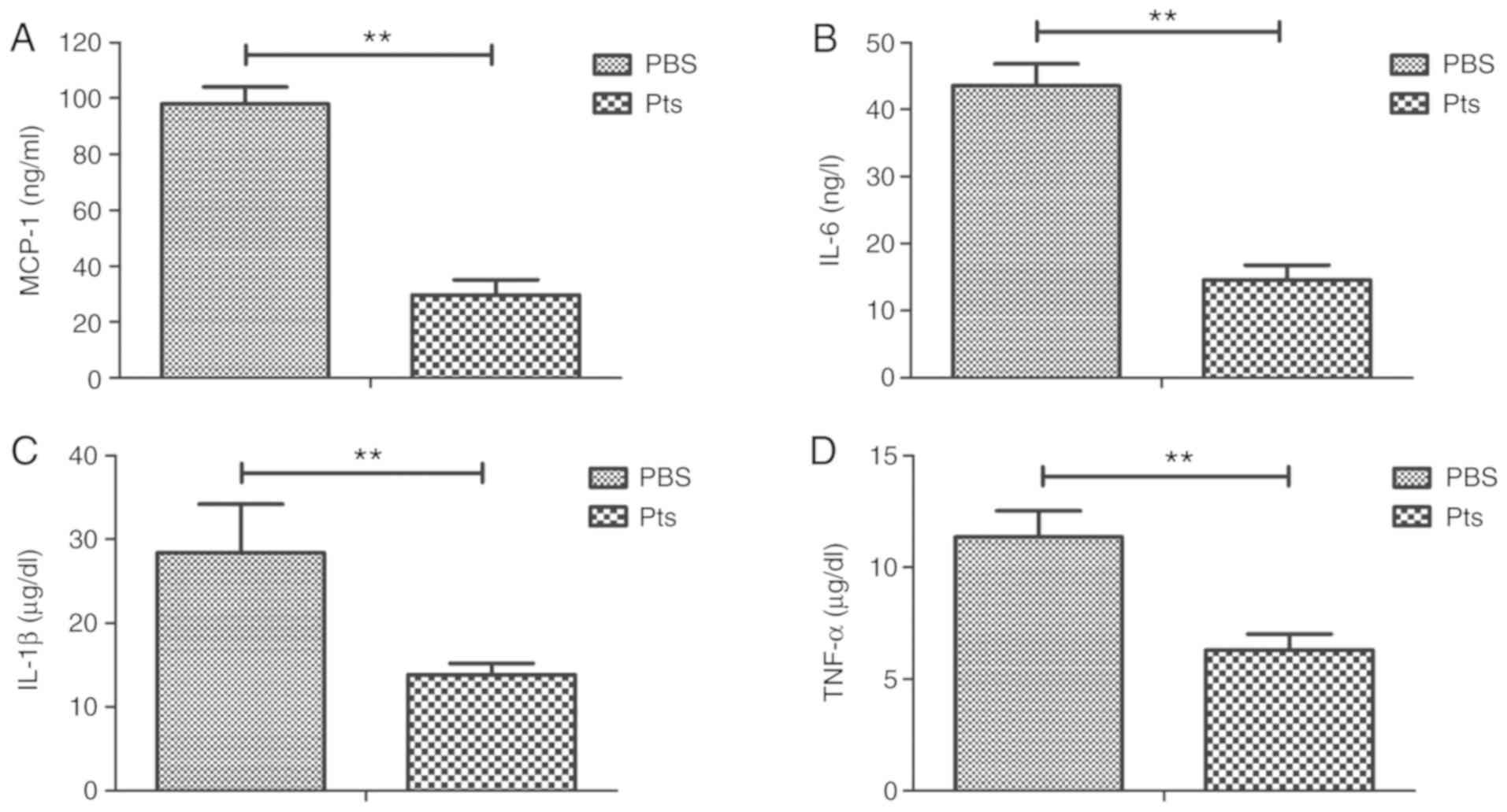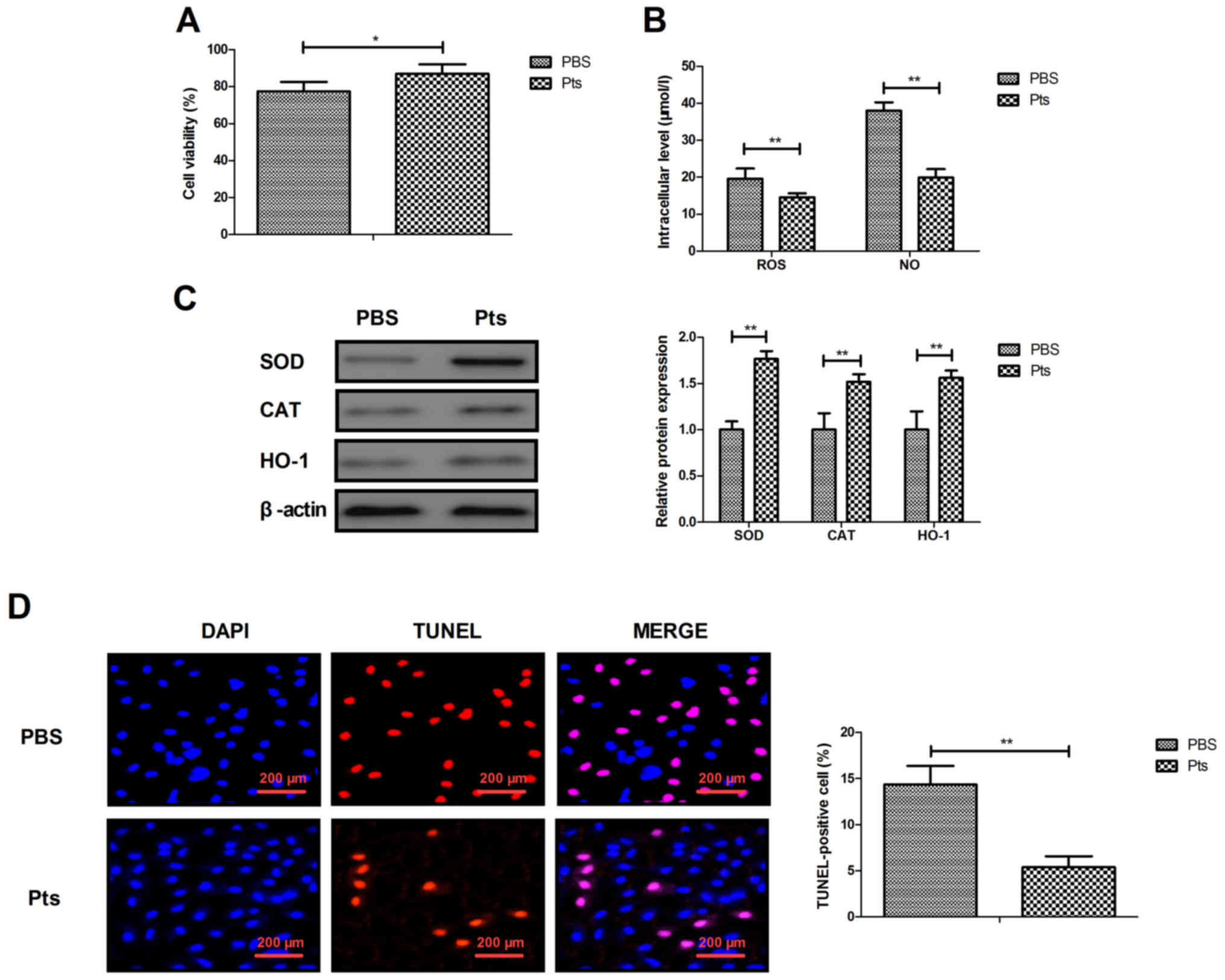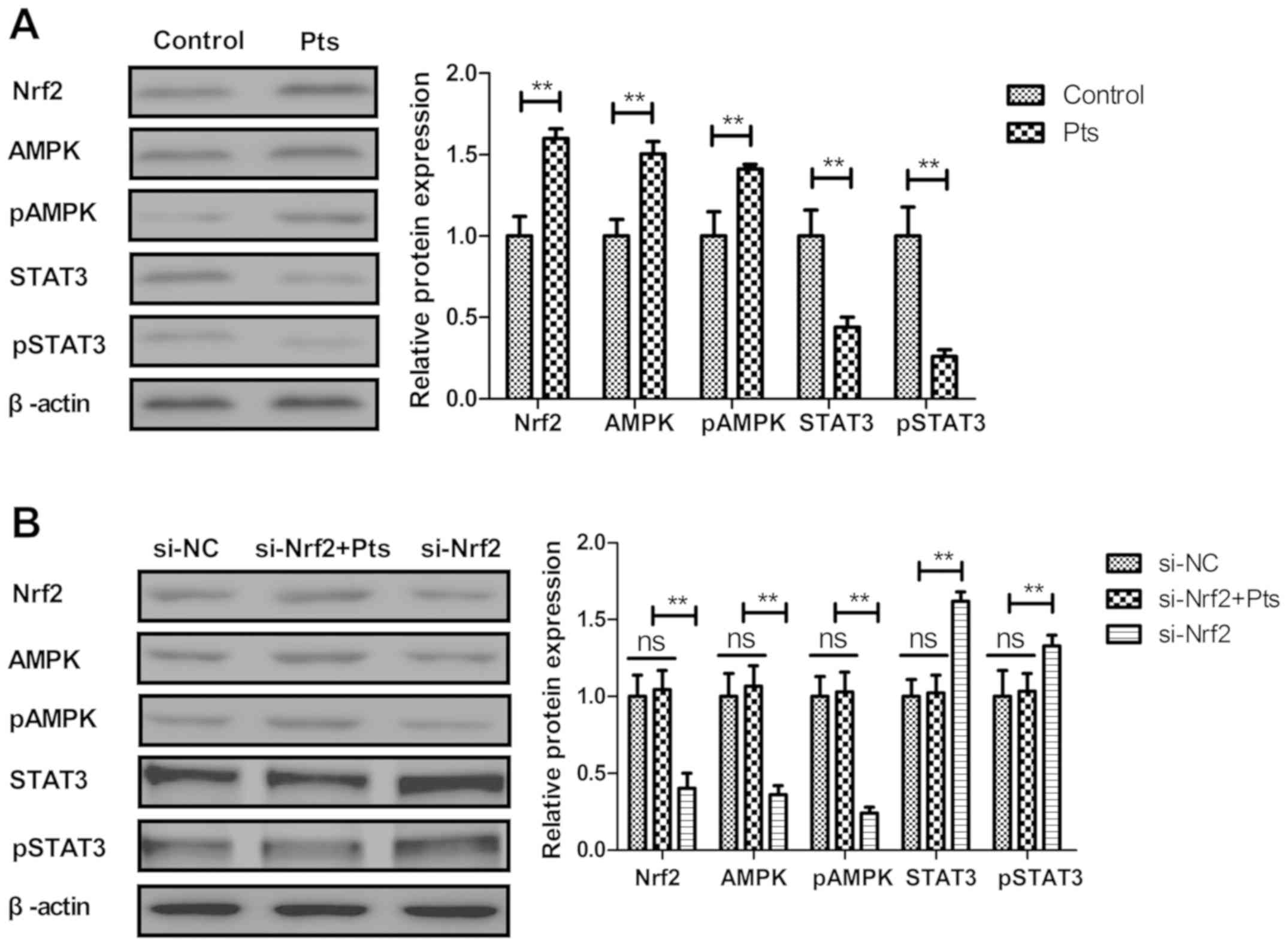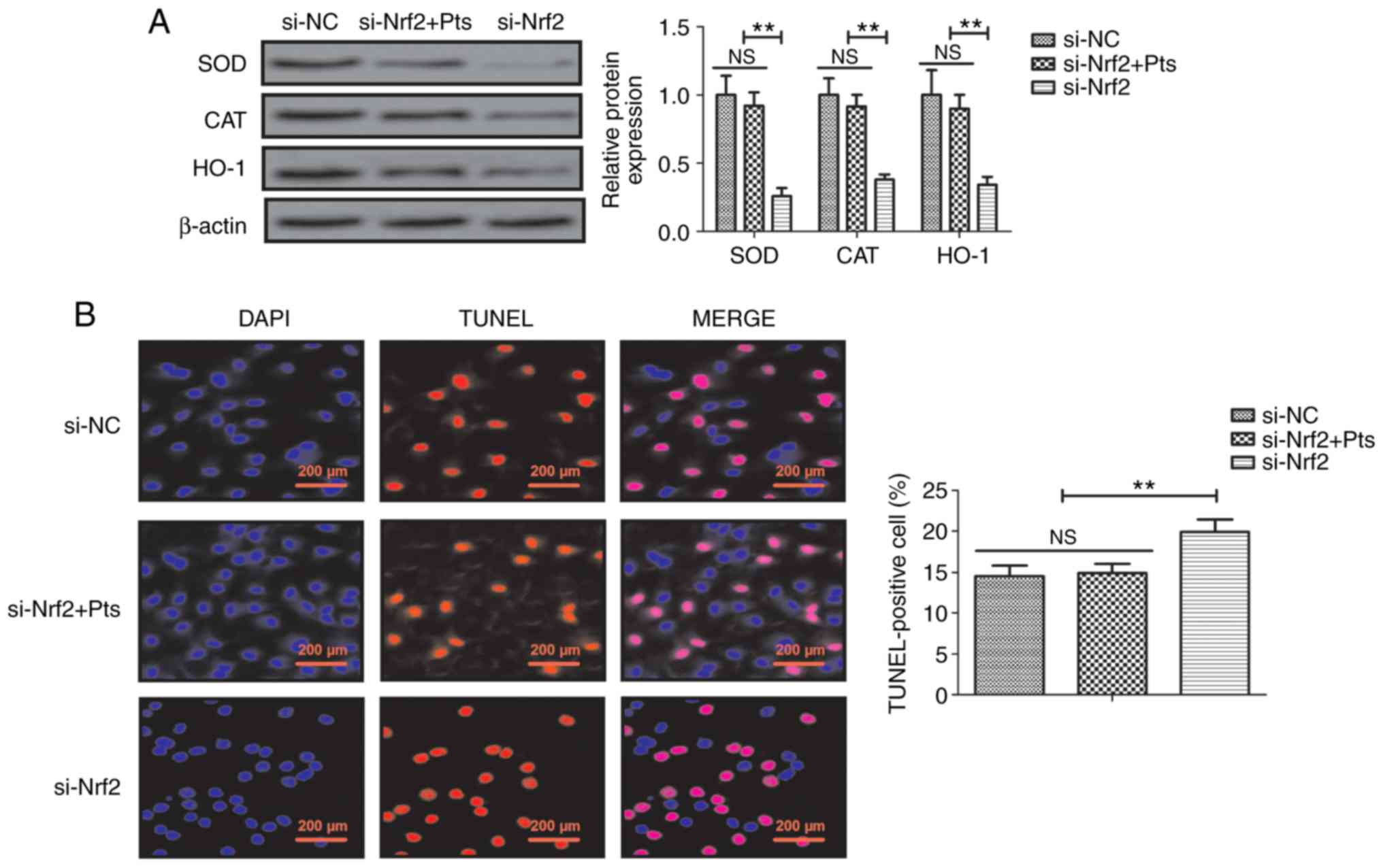|
1
|
Okuyama H, Hamazaki T, Hama R, Ogushi Y,
Kobayashi T, Ohara N and Uchino H: A critical review of the
consensus statement from the European Atherosclerosis Society
Consensus Panel 2017. Pharmacology. 101:184–218. 2018. View Article : Google Scholar : PubMed/NCBI
|
|
2
|
Henrot P, Foret J, Barnetche T, Lazaro E,
Duffau P, Seneschal J, Schaeverbeke T, Truchetet ME and Richez C:
Assessment of subclinical atherosclerosis in systemic lupus
erythematosus: A systematic review and meta-analysis. Joint Bone
Spine. 85:155–163. 2018. View Article : Google Scholar : PubMed/NCBI
|
|
3
|
Martins P, Castela E, Rocha G, Sena C and
Seiça R: Premature atherosclerosis in HIV-infected pediatric
patients: Literature review and clinical approach. Acta Med Port.
30:742–749. 2017.(In Portuguese). View Article : Google Scholar : PubMed/NCBI
|
|
4
|
Zhao TX and Mallat Z: Targeting the immune
system in atherosclerosis: JACC State-of-the-art review. J Am Coll
Cardiol. 73:1691–1706. 2019. View Article : Google Scholar : PubMed/NCBI
|
|
5
|
Parolin M, Dassie F, Martini C, Mioni R,
Russo L, Fallo F, Rossato M, Vettor R, Maffei P and Pagano C:
Preclinical markers of atherosclerosis in acromegaly: A systematic
review and meta-analysis. Pituitary. 21:653–662. 2018. View Article : Google Scholar : PubMed/NCBI
|
|
6
|
Song P, Xia W, Zhu Y, Wang M, Chang X, Jin
S, Wang J and An L: Prevalence of carotid atherosclerosis and
carotid plaque in Chinese adults: A systematic review and
meta-regression analysis. Atherosclerosis. 276:67–73. 2018.
View Article : Google Scholar : PubMed/NCBI
|
|
7
|
Stachyra K, Kiepura A and Olszanecki R:
Air pollution and atherosclerosis - a brief review of mechanistic
links between atherogenesis and biological actions of inorganic
part of particulate matter. Folia Med Cracov. 57:37–46.
2017.PubMed/NCBI
|
|
8
|
Fava C and Montagnana M: Atherosclerosis
is an inflammatory disease which lacks a common anti-inflammatory
therapy: How human genetics can help to this issue. A narrative
review. Front Pharmacol. 9:552018. View Article : Google Scholar : PubMed/NCBI
|
|
9
|
Hartman J and Frishman WH: Inflammation
and atherosclerosis: A review of the role of interleukin-6 in the
development of atherosclerosis and the potential for targeted drug
therapy. Cardiol Rev. 22:147–151. 2014. View Article : Google Scholar : PubMed/NCBI
|
|
10
|
Patel TN, Shishehbor MH and Bhatt DL: A
review of high-dose statin therapy: Targeting cholesterol and
inflammation in atherosclerosis. Eur Heart J. 28:664–672. 2007.
View Article : Google Scholar : PubMed/NCBI
|
|
11
|
Wang W, Ding XQ, Gu TT, Song L, Li JM, Xue
QC and Kong LD: Pterostilbene and allopurinol reduce
fructose-induced podocyte oxidative stress and inflammation via
microRNA-377. Free Radic Biol Med. 83:214–226. 2015. View Article : Google Scholar : PubMed/NCBI
|
|
12
|
Lv M, Liu K, Fu S, Li Z and Yu X:
Pterostilbene attenuates the inflammatory reaction induced by
ischemia/reperfusion in rat heart. Mole Med Rep. 11:724–728. 2015.
View Article : Google Scholar
|
|
13
|
Zhang Y: Pterostilbene, a novel natural
plant conduct, inhibits high fat-induced atherosclerosis
inflammation via NF-kappaB signaling pathway in Toll-like receptor
5 (TLR5) deficient mice. Biomed Pharmacother. 81:345–355. 2016.
View Article : Google Scholar : PubMed/NCBI
|
|
14
|
Gao D, Jing S, Zhang Q and Wu G:
Pterostilbene protects against acute renal ischemia reperfusion
injury and inhibits oxidative stress, inducible nitric oxide
synthase expression and inflammation in rats via the Toll-like
receptor 4/nuclear factor-κB signaling pathway. Exp Ther Med.
15:1029–1035. 2018.PubMed/NCBI
|
|
15
|
Lin HC, Hsieh MJ, Peng CH, Yang SF and
Huang CN: Pterostilbene inhibits vascular smooth muscle cells
migration and matrix metalloproteinase-2 through modulation of MAPK
pathway. J Food Sci. 80:H2331–H2335. 2015. View Article : Google Scholar : PubMed/NCBI
|
|
16
|
Park ES, Lim Y, Hong JT, Yoo HS, Lee CK,
Pyo MY and Yun YP: Pterostilbene, a natural dimethylated analog of
resveratrol, inhibits rat aortic vascular smooth muscle cell
proliferation by blocking Akt-dependent pathway. Vascul Pharmacol.
53:61–67. 2010. View Article : Google Scholar : PubMed/NCBI
|
|
17
|
Freigang S, Ampenberger F, Spohn G, Heer
S, Shamshiev AT, Kisielow J, Hersberger M, Yamamoto M, Bachmann MF
and Kopf M: Nrf2 is essential for cholesterol crystal-induced
inflammasome activation and exacerbation of atherosclerosis. Eur J
Immunol. 41:2040–2051. 2011. View Article : Google Scholar : PubMed/NCBI
|
|
18
|
Sussan TE, Jun J, Thimmulappa R, Bedja D,
Antero M, Gabrielson KL, Polotsky VY and Biswal S: Disruption of
Nrf2, a key inducer of antioxidant defenses, attenuates
ApoE-mediated atherosclerosis in mice. PLoS One. 3:e37912008.
View Article : Google Scholar : PubMed/NCBI
|
|
19
|
Chernukha IM, Fedulova LV, Kotenkova EA,
Takeda S and Sakata R: Hypolipidemic and anti-inflammatory effects
of aorta and heart tissues of cattle and pigs in the
atherosclerosis rat model. Anim Sci J. 89:784–793. 2018. View Article : Google Scholar : PubMed/NCBI
|
|
20
|
Chai JT, Biasiolli L, Li L, Alkhalil M,
Galassi F, Darby C, Halliday AW, Hands L, Magee T, Perkins J, et
al: Quantification of lipid-rich core in carotid atherosclerosis
using magnetic resonance T2 mapping: Relation to clinical
presentation. JACC Cardiovasc Imaging. 10:747–756. 2017. View Article : Google Scholar : PubMed/NCBI
|
|
21
|
Bombaca ACS, Viana PG, Santos ACC, Silva
TL, Rodrigues ABM, Guimarães ACR, Goulart MOF, da Silva Júnior EN
and Menna-Barreto RFS: Mitochondrial disfunction and ROS production
are essential for anti-Trypanosoma cruzi activity of
beta-lapachone-derived naphthoimidazoles. Free Radical Biol Med.
130:408–418. 2018. View Article : Google Scholar
|
|
22
|
Kosuru R, Kandula V, Rai U, Prakash S, Xia
Z and Singh S: Pterostilbene decreases cardiac oxidative stress and
inflammation via activation of AMPK/Nrf2/HO-1 pathway in
fructose-fed diabetic rats. Cardiovasc Drugs Ther. 32:147–163.
2018. View Article : Google Scholar : PubMed/NCBI
|
|
23
|
Elango B, Dornadula S, Paulmurugan R and
Ramkumar KM: Pterostilbene ameliorates streptozotocin-induced
diabetes through enhancing antioxidant signaling pathways mediated
by Nrf2. Chem Res Toxicol. 29:47–57. 2016. View Article : Google Scholar : PubMed/NCBI
|
|
24
|
Geovanini GR and Libby P: Atherosclerosis
and inflammation: Overview and updates. Clin Sci (Lond).
132:1243–1252. 2018. View Article : Google Scholar : PubMed/NCBI
|
|
25
|
Lin J, Kakkar V and Lu X: Impact of MCP-1
in atherosclerosis. Curr Pharm Des. 20:4580–4588. 2014. View Article : Google Scholar : PubMed/NCBI
|
|
26
|
Bernberg E, Ulleryd MA, Johansson ME and
Bergström GM: Social disruption stress increases IL-6 levels and
accelerates atherosclerosis in ApoE−/− mice.
Atherosclerosis. 221:359–365. 2012. View Article : Google Scholar : PubMed/NCBI
|
|
27
|
Grebe A, Hoss F and Latz E: NLRP3
Inflammasome and the IL-1 pathway in atherosclerosis. Circ Res.
122:1722–1740. 2018. View Article : Google Scholar : PubMed/NCBI
|
|
28
|
Park KY and Heo TH: Critical role of TNF
inhibition in combination therapy for elderly mice with
atherosclerosis. Cardiovasc Ther. 35:352017. View Article : Google Scholar
|
|
29
|
Zhou Q, Han X, Li R, Zhao W, Bai B, Yan C
and Dong X: Anti-atherosclerosis of oligomeric proanthocyanidins
from Rhodiola rosea on rat model via hypolipemic,
antioxidant, anti-inflammatory activities together with regulation
of endothelial function. Phytomedicine. 51:171–180. 2018.
View Article : Google Scholar : PubMed/NCBI
|
|
30
|
Wu T, Peng Y, Yan S, Li N, Chen Y and Lan
T: Andrographolide ameliorates atherosclerosis by suppressing
pro-inflammation and ROS generation-mediated foam cell formation.
Inflammation. 41:1681–1689. 2018. View Article : Google Scholar : PubMed/NCBI
|
|
31
|
Décordé K, Ventura E, Lacan D, Ramos J,
Cristol JP and Rouanet JM: An SOD rich melon extract Extramel
prevents aortic lipids and liver steatosis in diet-induced model of
atherosclerosis. Nutr Metab Cardiovasc Dis. 20:301–307. 2010.
View Article : Google Scholar : PubMed/NCBI
|
|
32
|
Yao Y, Liu K, Zhao Y, Hu X and Wang M:
Pterostilbene and 4′-Methoxyresveratrol inhibited
lipopolysaccharide-induced inflammatory response in RAW264.7
macrophages. Molecules. 23:232018. View Article : Google Scholar
|
|
33
|
Mitra R, O'Neil GL, Harding IC, Cheng MJ,
Mensah SA and Ebong EE: Glycocalyx in atherosclerosis-relevant
endothelium function and as a therapeutic target. Curr Atheroscler
Rep. 19:632017. View Article : Google Scholar : PubMed/NCBI
|
|
34
|
Dai G, Vaughn S, Zhang Y, Wang ET,
Garcia-Cardena G and Gimbrone MA Jr: Biomechanical forces in
atherosclerosis-resistant vascular regions regulate endothelial
redox balance via phosphoinositol 3-kinase/Akt-dependent activation
of Nrf2. Circ Res. 101:723–733. 2007. View Article : Google Scholar : PubMed/NCBI
|
|
35
|
Zeng Y, Li C, Guan M, Zheng Z, Li J, Xu W,
Wang L, He F and Xue Y: The DPP-4 inhibitor sitagliptin attenuates
the progress of atherosclerosis in apolipoprotein-E-knockout mice
via AMPK- and MAPK-dependent mechanisms. Cardiovasc Diabetol.
13:322014. View Article : Google Scholar : PubMed/NCBI
|
|
36
|
Fullerton MD, Steinberg GR and Schertzer
JD: Immunometabolism of AMPK in insuliresistance and
atherosclerosis. Mol Cell Endocrinol. 366:224–234. 2013. View Article : Google Scholar : PubMed/NCBI
|
|
37
|
Li Y, Xu S, Mihaylova MM, Zheng B, Hou X,
Jiang B, Park O, Luo Z, Lefai E, Shyy JY, et al: AMPK
phosphorylates and inhibits SREBP activity to attenuate hepatic
steatosis and atherosclerosis in diet-induced insulin-resistant
mice. Cell Metab. 13:376–388. 2011. View Article : Google Scholar : PubMed/NCBI
|
|
38
|
Vasamsetti SB, Karnewar S, Kanugula AK,
Thatipalli AR, Kumar JM and Kotamraju S: Metformin inhibits
monocyte-to-macrophage differentiation via AMPK-mediated inhibition
of STAT3 activation: Potential role in atherosclerosis. Diabetes.
64:2028–2041. 2015. View Article : Google Scholar : PubMed/NCBI
|















